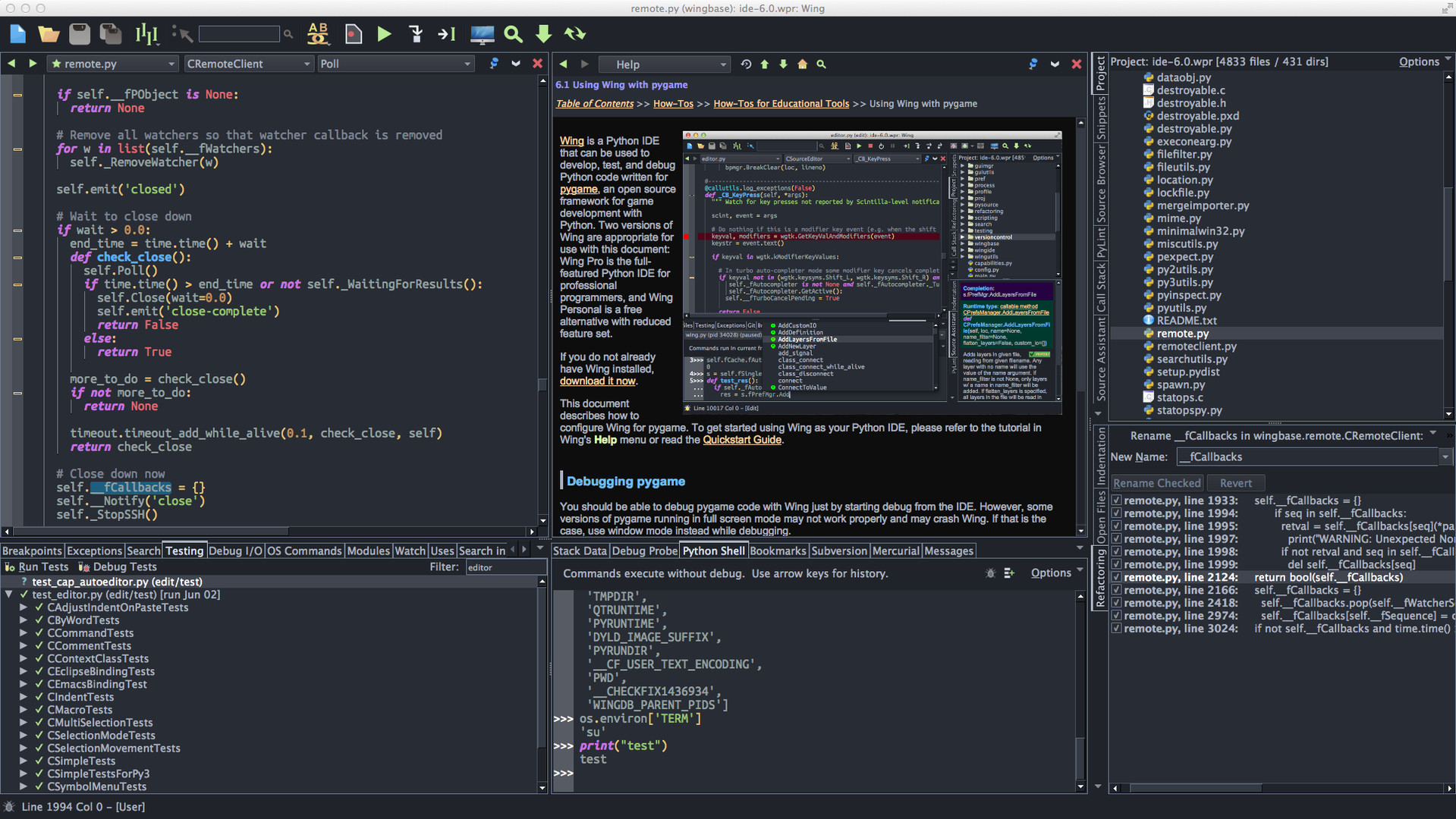

Nokia 6.1's Plus has hired the Adreno 509 to tackle its graphics where if we talk about the multi-tasking then 4 GB RAM will be at your service. Fast battery charging (Quick Charge 3.0) SMS(threaded view), MMS, Email, Push Mail, IMĪctive noise cancellation with dedicated mic, Photo/video editor, Document viewer GPRS, Edge, 3G (HSPA 42.2/5.76 Mbps), 4G (LTE Cat4 150/50 Mbps)Īccelerometer, Compass, Fingerprint (rear mounted), Gyro, Proximityģ.5mm Audio Jack, MP4/H.264 player, MP3/WAV/eAAC+/FLAC player, Speaker Phone Wi-Fi 802.11 a/b/g/n/ac, dual-band, WiFi Direct, hotspotĢ.0, Type-C 1.0 reversible connector, USB On-The-Go Geo-tagging, touch focus, face detection, panorama, HDR, Video (, giro-EIS) MicroSD Card, (supports up to 400GB) (uses SIM 2 slot)ĭual 16 MP (f/2.0, PDAF, giro-EIS) + 5 MP (f/2.2, depth sensor), dual-LED dual-tone flash IPS LCD Capacitive Touchscreen, 16M Colors, Multitouch Hybrid Dual SIM, Dual Standby, (Nano-SIM) So what do think? Is it better then Samsung and Huawei or not?Ħ4GB internal storage of Nokia 6.1 Plus has backup support of SD card too but it will use the SIM card slot.

Price in Rs: Discontinued Price in USD: $0Īverage Rating is 4.2 stars - based on 392 user reviews.The fastener holes are located in “rib feet” which are L-shaped brackets extending from the ((aircraft/) for attaching to the aircraft skin, using bolts through these holes.
#WING PRO CRACK 6.1 SKIN#
It is my understanding that it is the rib-feet attached to the lower skin which have this problem.Ī number of wing ribs are distributed along the wing – more than 40 on each wing of the Airbus A380 – and these run from the front to the back of the wing’s internal structure. These ribs help maintain the aerodynamic shape of the wing and transfer the aerodynamic and fuel loads to the spars – beam-like structures running along the length of the wing that are the main load-carrying structure of the wing. The cracks found around these holes are being attributed to the manufacturing process used at Broughton, UK, where the wings are made. This manufacturing process may be related to the combination of the use of “ interference-fit” fasteners and the loads being applied when the wing skin is attached to the wing. Interference-fit refers to the process whereby the fastener hole is made slightly smaller than the fastener diameter. When the fasteners are inserted, this has the effect of inducing stresses which offset the tensile stresses on the lower wing skin during flight, increasing fatigue life. If the high loads being applied to the fasteners during assembly are not adequately accounted for, they will combine with the stresses arising from the interference fit, potentially leading to cracking. The particular type of aluminium alloy used will also affect this joint behaviour where a balance has to be achieved between stiffness, strength and fracture toughness. The cracks at the edges of the vertical section of the L-shaped rib feet have been reported as more severe than those observed around the fastener holes (Type II, using Airbus terminology, as opposed to Type I for the fastener hole cracks).

These cracks are likely to be at the corners of the rib feet where stresses are higher. These are of greater concern and could be fatigue driven. The AD also states that this condition, if not detected or corrected, could potentially affect the structural integrity of the aircraft. That said, the cracks observed so far have not been on the main load-bearing structure of the wing. It would take multiple simultaneous structural failures along a number of ribs to give rise to a structural integrity issue.


 0 kommentar(er)
0 kommentar(er)
